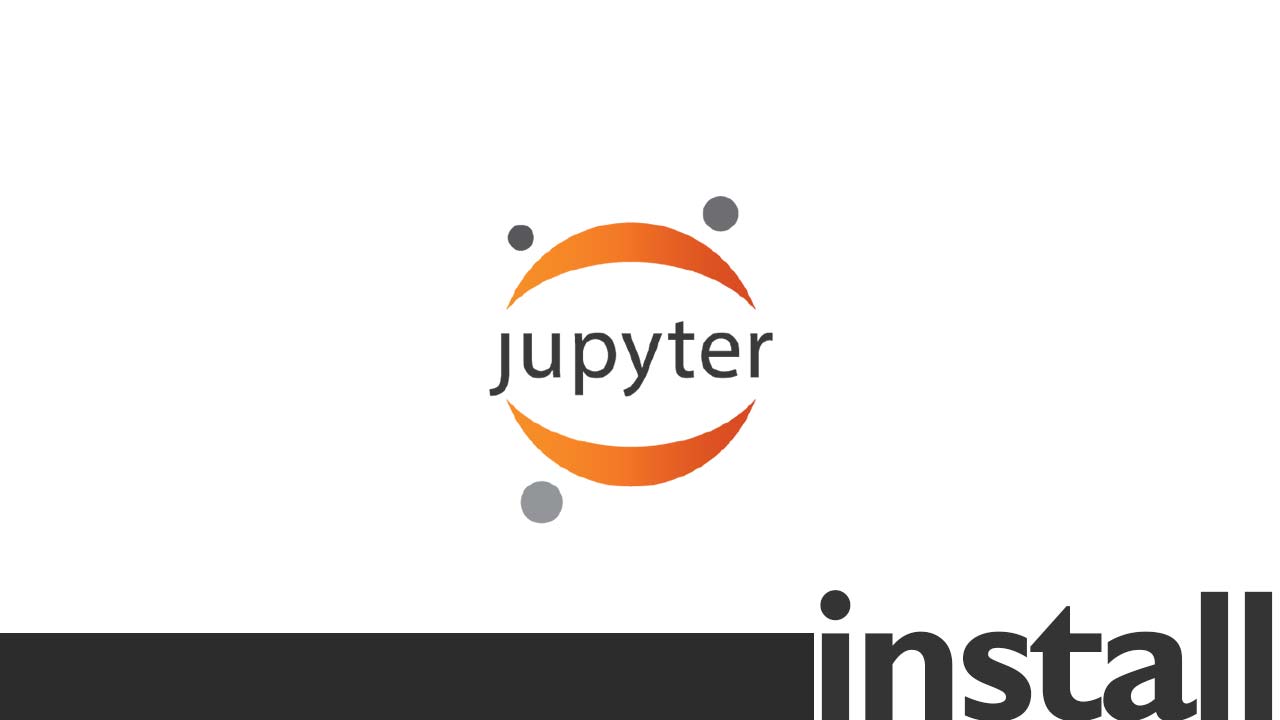

- BREW INSTALL JUPYTER NOTEBOOK HOW TO
- BREW INSTALL JUPYTER NOTEBOOK PDF
- BREW INSTALL JUPYTER NOTEBOOK CODE
If you prefer to learn about the fundamentals of the library first, you can read about the structure of figures, how to create and update figures, how to display figures, how to theme figures with templates, how to export figures to various formats and about Plotly Express, the high-level API for doing all of the above.You jump right in to examples of how to make basic charts, statistical charts, scientific charts, financial charts, maps, and 3-dimensional charts.Once you've installed, you can use our documentation in three main ways: This Getting Started guide explains how to install plotly and related optional pages.
BREW INSTALL JUPYTER NOTEBOOK PDF
exporting notebooks to PDF with high-quality vector images). QtConsole, Spyder, P圜harm) and static document publishing (e.g. Thanks to deep integration with our Kaleido image export utility, plotly also provides great support for non-web contexts including desktop editors (e.g. The plotly Python library is sometimes referred to as "plotly.py" to differentiate it from the JavaScript library. My environment = OS X 10.10, R 3.The plotly Python library is an interactive, open-source plotting library that supports over 40 unique chart types covering a wide range of statistical, financial, geographic, scientific, and 3-dimensional use-cases.īuilt on top of the Plotly JavaScript library ( plotly.js), plotly enables Python users to create beautiful interactive web-based visualizations that can be displayed in Jupyter notebooks, saved to standalone HTML files, or served as part of pure Python-built web applications using Dash. Fire up your terminal one more time, throw the IPython command and keep your fingers crossed! ipython notebook In your terminal type: ipython kernelspec install -replace -name ir -user /Library/Frameworks/R.framework/Versions/3.1/Resources/library/IRkernel/kernelspecĪfter you run that in terminal, go back into R and run: library(IRdisplay)Īt this point you should be set to go. In that case, there is a simple work-around. If that is the case, then you’ve quickly found the problem that took me hours of detective work to track down. print(system.file("kernelspec", package = "IRkernel"))Ĭhances are the package is sending the R kernel to somewhere like “/Library/Frameworks/R.framework/Versions/3.1/Resources/library/IRkernel/kernelspec”. Run the following command in R to find the path IRkernel is hitting. In my case, installspec() wouldn’t fire up, so I did a little detective work. Then in R: library(RCurl)Īt this point the R kernel should work (in theory) by executing the installspec() function from your new IRkernel package but… Make sure to place the file in your R working directory. Note, since the rzmq package includes dependencies, we’ll be cloning the GitHub repo and installing it locally. Note, it may be a good idea to install them one at a time. If you use Homebrew: brew install libzmq3Īssuming that those libraries brewed without any errors, start R in your terminal by typing “R” or fire up R-Studio. My original method: If the above method doesn’t work, you may have more luck here. If not, the instructions below show you how to clone the IRkernel GitHub repo and install from source on your local machine. Repos = c('', getOption('repos')), type = 'source') install.packages(c('rzmq','repr','IRkernel','IRdisplay'), Next, fire up R, install from source and start your kernel. Or, if you use MacPorts sudo port install zmq

If you use Homebrew: xcode-select -install

Note: Make sure you’ve got Xcode installed. Update: This install method is less involved The ability to add an R kernel to the IPython environment gives one the ability to run Python and R side-by-side in the same programming environment.
BREW INSTALL JUPYTER NOTEBOOK CODE
IPython is a great tool for developers, particularly for R programmers who are accustomed to the luxury of running blocks of code during development.


 0 kommentar(er)
0 kommentar(er)
